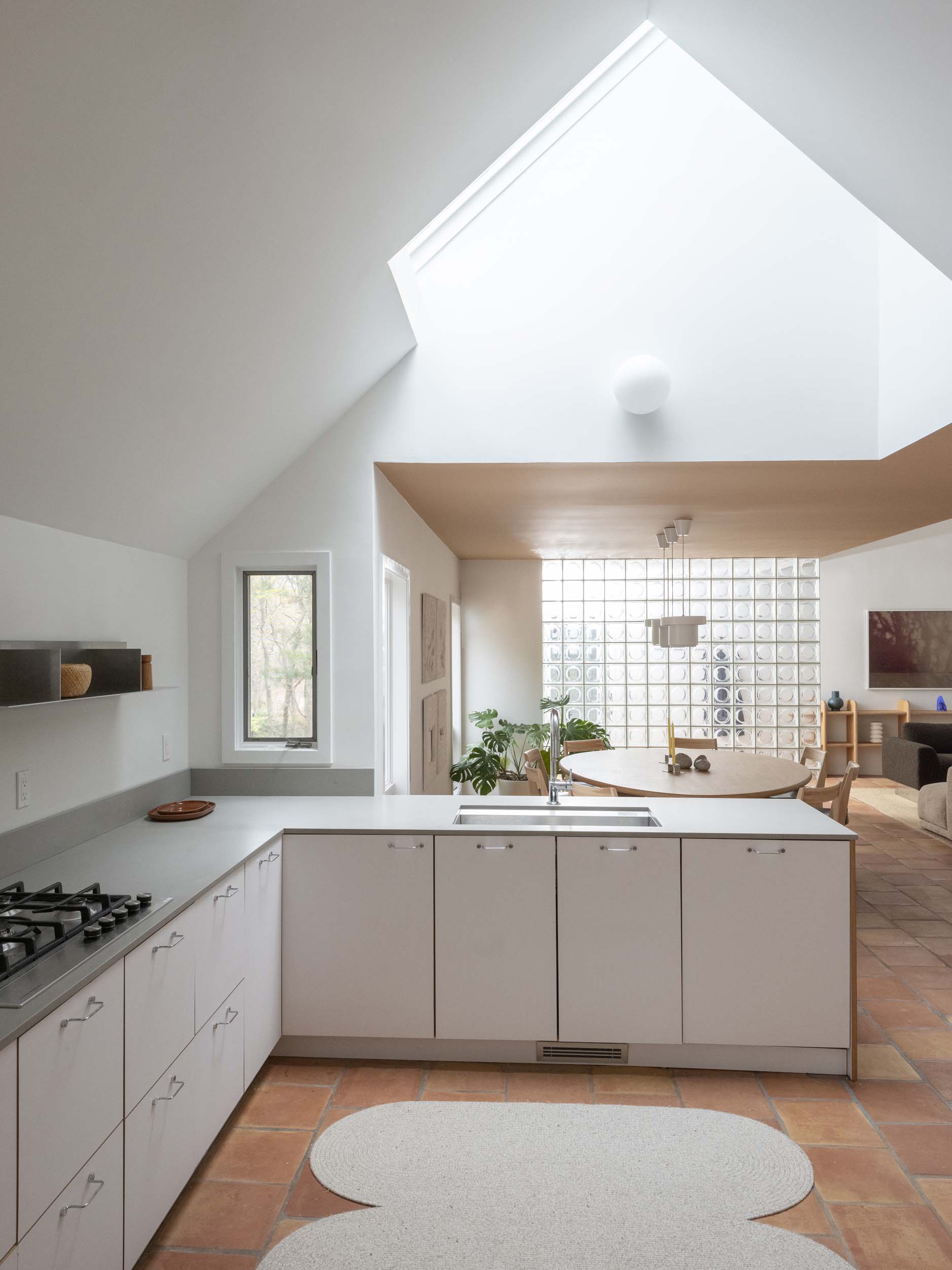Up until a few decades ago, those endeavoring to develop product and furniture design trained as architects. For many practitioners, both types of formal expression are still inextricably linked. There’s little difference in the conceptualization and application of a complex structure and a chair; other than the practicalities of safety and code, of course.

For New York–based studio Office of Tangible Space, upholding this tradition is key. “In our projects, architecture, interiors, and furniture result from the same design process,” said cofounder Kelly Perumbeti. “Our approach revolves around every piece; reinforcing a central driving concept or feeling we define at the outset—be it a floor material, chair, or piece of building structure. While the necessary skills and means of production of architecture can be quite different than furniture, the thought process is similar across scales and we maintain a team of internal and external partners that are essential to the final delivery of each element of a space.” This multidisciplinary method is increasingly critical to offer clients a full suite of services, but also to develop the site-specific concepts that allow architects to differentiate themselves.


The studio’s recent outfit of an East Hampton vacation home stands testament to this interdisciplinary—or what it has coined as “no disciplinary”—mindset. For the refurbishment of the 1980s property, Perumbeti and her partner Michael Yarinsky chose to double down on the postmodern application of pastiche iconographic signifiers. Much of this subtle but potent intervention was achieved through the introduction of custom furnishings on view throughout the home.



The edgy firm prides itself on amplifying human-centric principles through materiality and warmth. They playfully riff on different stylistic references: Projects like Brooklyn’s Restaurant Norman or the Dwelling in Critical Space store at now-defunct incubator a/d/o were each appointed with custom furniture pieces that drove home a singular vision. “The design of custom furniture is often driven by a desire for the furniture to feel as an extension of the architecture of a space or for it to have a unique and specific effect,” says Perumbeti. “Instances when off-the-shelf furniture doesn’t serve the need of the space can become an opportunity to create a one-off piece that is equal parts inventive and impactful.


The “soft brutalistic” aesthetic chosen by Office of Tangible Space was expressed through a material palette of steel and concrete. “It appears heavy and architectural in the kitchen, but at a furniture-like scale that feels light and airy,” Yarinsky said. The design of custom furnishings and millwork like a wooden dining table, living room shelving, headboards and handrails “are meant to feel grand and heavy, but also organic enough to encourage human touch. The curves ask to be handled.”


Owing to the rise of the art furniture and collectible design gallery market in the past few decades, noted architects have also developed standalone furnishing inspired by their career-defining projects. They function as more attainable extensions of their distinguishable aesthetic and formal vocabularies. Though a few have featured in Perumbeti and Yarinsky’s past spatial interventions (the particularly amoebic Likeminds Camp Display system, for example), most of the furnishings they design are developed outside of client briefs. “What makes these works different is that we don’t control the space around them, so we want to make sure that they have a use that is versatile and conveys an essential feeling,” said Perumbeti.



Launched with maverick Finnish producer Made by Choice during this year’s New York Design Week, the Sieni collection is a great example of furniture pieces that can create a dialogue with any surrounding they might occupy. Named after the Finnish word for mushroom, the collection of chairs, tables, and lamps evoke the growth of fungal structures but perhaps more importantly, are modular and can adapt to different living, working, or hospitality scenarios. It’ll be interesting to see whether or not any of these dynamic layered wood and organically contoured designs make their way into Office of Tangible Space’s latest architecture projects.
